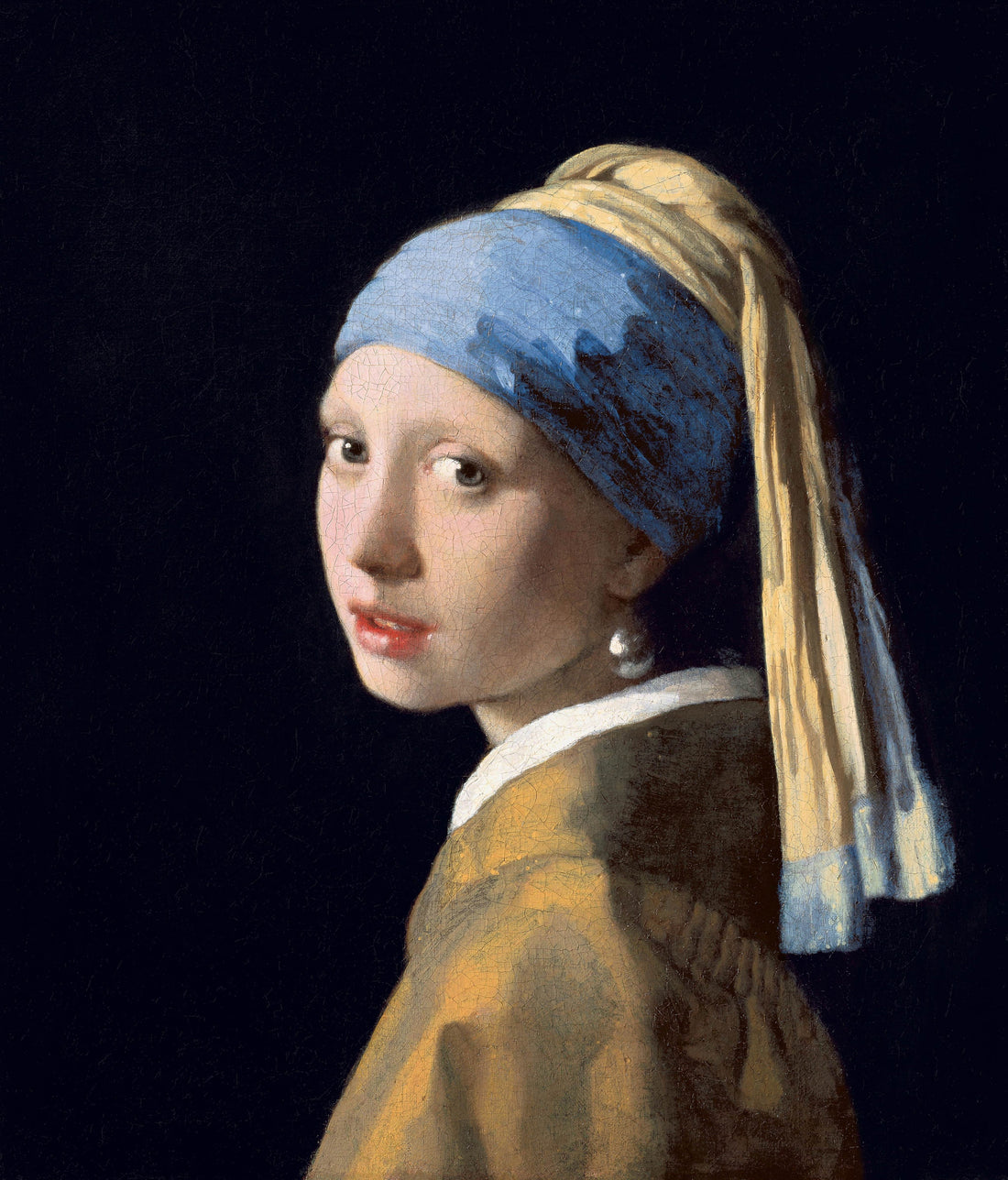
Unlocking the World of Art: An Overview of Artistic Styles
Art encompasses a wide range of styles, each shaped by cultural, historical, and personal influences. This guide explores various artistic styles, highlighting their key characteristics, historical contexts, and notable examples.
1. Prehistoric Art
Characteristics:
- Simple and symbolic depictions of humans, animals, and nature.
- Use of natural materials like stone, clay, and pigments.
- Primary functions: storytelling, religious rituals, and survival-related symbolism.
Examples:
- Cave Paintings in Lascaux, France.
- Venus Figurines, such as the Venus of Willendorf.
2. Ancient Art
Characteristics:
- Emphasis on narrative and functionality.
- Use of stone, metals, and pottery to depict religious and cultural stories.
- Highly stylised forms, especially in Egyptian, Mesopotamian, and Mesoamerican art.
Examples:
- Egyptian Art: Hieroglyphics and tomb frescoes.
- Greek and Roman Art: Marble sculptures like the Venus de Milo.
3. Medieval Art
Characteristics:
- Dominated by religious themes, often Christian.
- Use of gold leaf, rich colours, and stylised figures.
- Development of illuminated manuscripts, mosaics, and stained glass.
Examples:
- Byzantine mosaics in the Hagia Sophia.
- Gothic cathedrals like Notre Dame.
4. Renaissance Art (14th–17th Century)
Characteristics:
- Revival of classical antiquity and humanism.
- Mastery of perspective, anatomy, and proportion.
- Themes of religion, mythology, and human emotion.
Examples:
- Leonardo da Vinci: Mona Lisa, The Last Supper.
- Michelangelo: David, Sistine Chapel ceiling.
5. Baroque Art (17th–18th Century)
Characteristics:
- Dramatic use of light and shadow (chiaroscuro).
- Emotional intensity and grandeur.
- Dynamic compositions and movement.
Examples:
- Caravaggio: The Calling of St. Matthew.
- Bernini: The Ecstasy of Saint Teresa.
6. Rococo (18th Century)
Characteristics:
- Light, playful, and decorative themes.
- Pastel colours, ornate details, and fluid curves.
- Focus on leisure and romantic escapades.
Examples:
- Jean-Honoré Fragonard: The Swing.
- François Boucher: The Toilet of Venus.
7. Neoclassicism (Late 18th–Early 19th Century)
Characteristics:
- Return to classical themes and styles.
- Emphasis on order, discipline, and heroism.
- Clean lines and restrained emotion.
Examples:
- Jacques-Louis David: The Death of Socrates, Napoleon Crossing the Alps.
8. Romanticism (Late 18th–Mid 19th Century)
Characteristics:
- Celebration of nature, emotion, and individualism.
- Dramatic and sublime landscapes.
- Reaction against industrialisation and rationalism.
Examples:
- Caspar David Friedrich: Wanderer Above the Sea of Fog.
- Eugène Delacroix: Liberty Leading the People.
9. Realism (Mid–Late 19th Century)
Characteristics:
- Focus on everyday life and ordinary people.
- Objective and detailed representation of the world.
- Rejection of romanticised and idealised subjects.
Examples:
- Gustave Courbet: The Stone Breakers.
- Jean-François Millet: The Gleaners.
10. Impressionism (Late 19th Century)
Characteristics:
- Emphasis on light, colour, and atmosphere.
- Loose brushwork and scenes of modern life.
- Often painted outdoors (en plein air).
Examples:
- Claude Monet: Impression, Sunrise.
- Pierre-Auguste Renoir: Luncheon of the Boating Party.
11. Post-Impressionism (Late 19th–Early 20th Century)
Characteristics:
- Exploration of emotional depth and symbolism.
- Use of bold colours and exaggerated forms.
- Diverse approaches from different artists.
Examples:
- Vincent van Gogh: Starry Night.
- Paul Cézanne: Mont Sainte-Victoire.
12. Modern Art (20th Century)
Characteristics:
- Breaking away from traditional techniques and subjects.
- Experimentation with abstraction, colour, and form.
- Reflects rapid societal and technological changes.
Movements:
- Fauvism: Henri Matisse's bold colours.
- Cubism: Pablo Picasso’s fragmented forms.
- Surrealism: Salvador Dalí’s dreamlike imagery.
- Abstract Expressionism: Jackson Pollock’s energetic splatters.
13. Contemporary Art (Late 20th–21st Century)
Characteristics:
- Wide range of media, including digital and installation art.
- Exploration of identity, politics, and global issues.
- Blurring of boundaries between art and everyday life.
Examples:
- Banksy: Graffiti-based street art.
- Yayoi Kusama: Infinity rooms.
14. Popular Art Styles
Street Art:
- Bold, often political or social commentary.
- Public spaces as a canvas.
Minimalism:
- Reduction to basic forms and colours.
- Focus on space and simplicity.
Pop Art:
- Inspired by popular culture and mass media.
- Artists like Andy Warhol and Roy Lichtenstein.
The Ongoing Story of Art
Each style offers unique insights into human history, culture, and creativity, making art a continually evolving and fascinating field.
Discover a range of these artistic styles through our limited edition and original art collection at Arte Delux.



